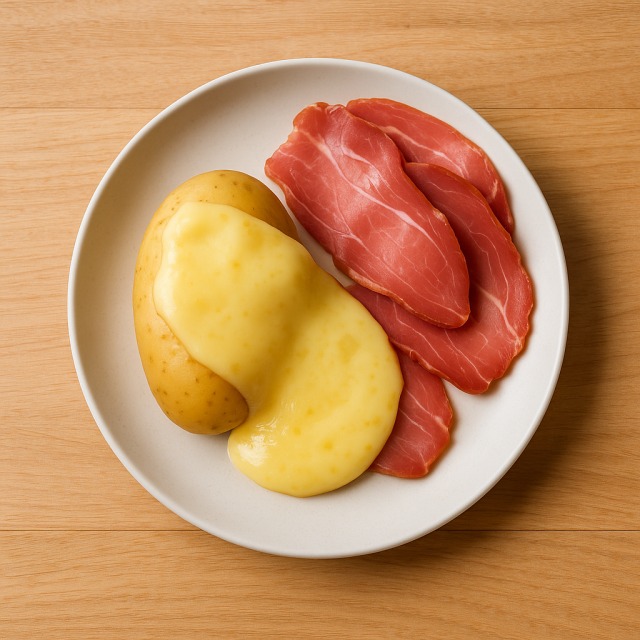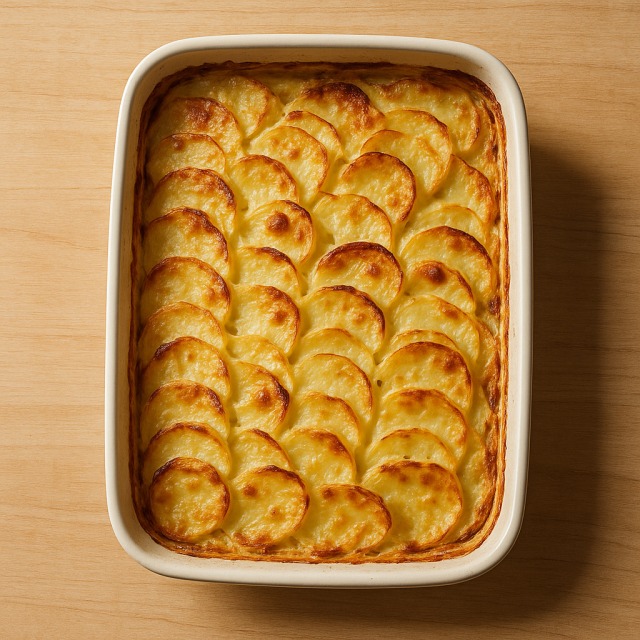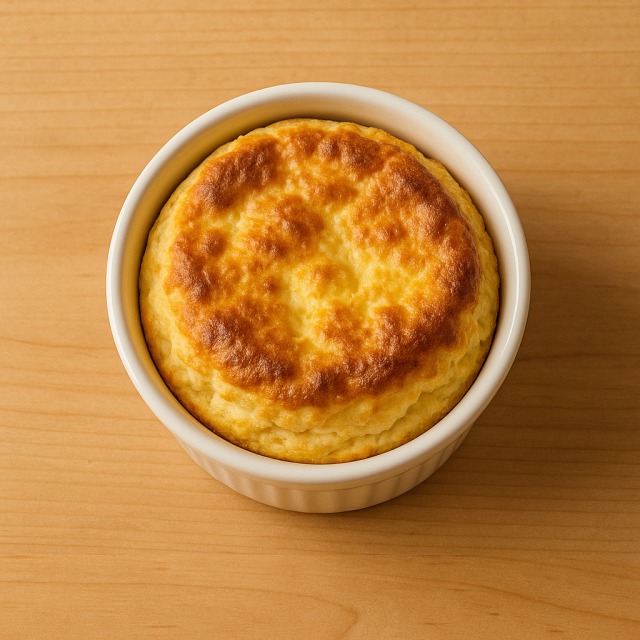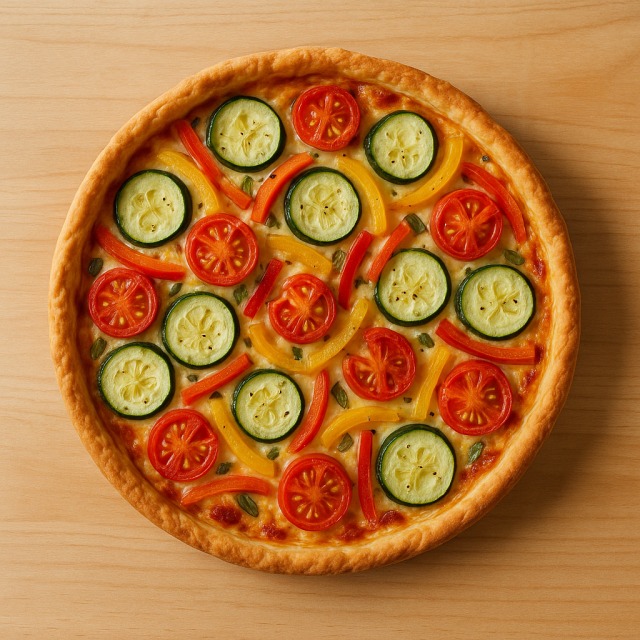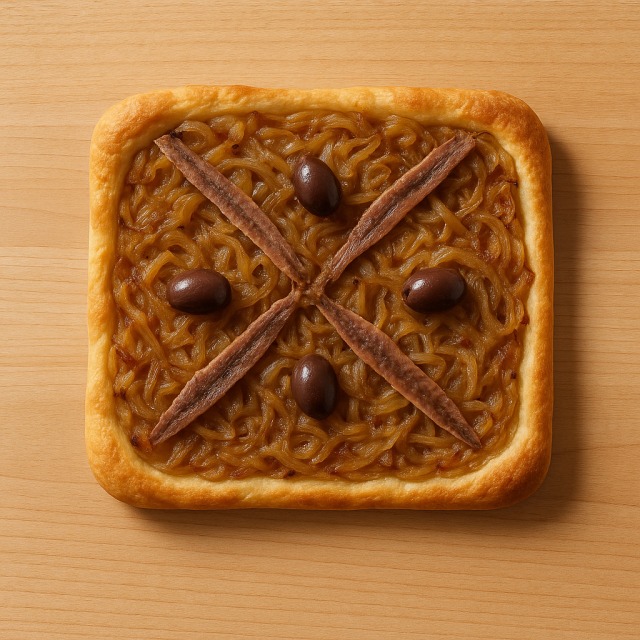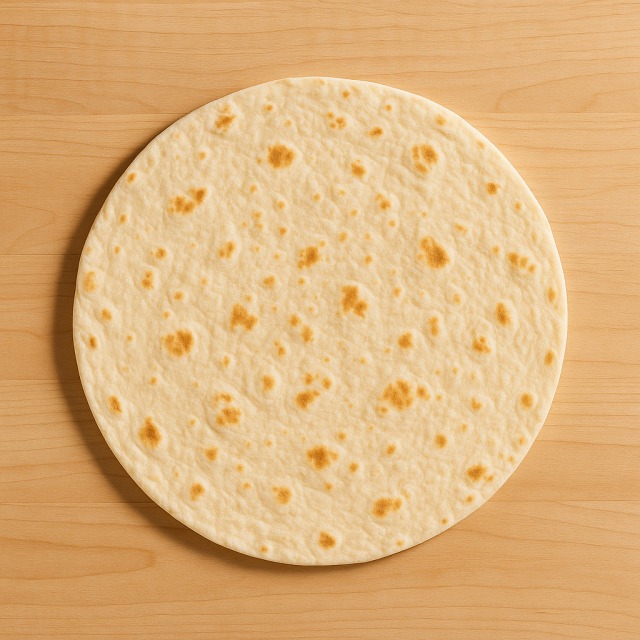Calorie Chart / Recipes / Pizza
How Many Calories Are in Pizza?
Calculation of the nutritional value & Recommended Dietary Intake of pizza
For g and a calorie requirement of kcal
| Calories 375 kcal | Proteins 15 g | Lipids 15 g | Carbohydrates 45 g |
| 19% | 20% | 22% | 16% |
Health benefits of pizza

Pizza - 100g
Calories 250 kcal
Proteins 10 g
Lipids 10 g
Carbohydrates 30 g
Pizza is generally considered a moderate- to high-calorie dish, so anyone monitoring calories will want to keep portion size in mind. Even so, the dough supplies complex carbohydrates for steady energy, while the cheese layer contributes proteins and calcium that can support bone health.
The traditional tomato sauce is rich in lycopene, a carotenoid linked to cardiovascular protection. Oregano and other herbs added on top provide small amounts of antioxidants without adding extra calories. When made with quality olive oil, a pizza can also deliver heart-friendly monounsaturated fats, again without dramatically boosting calories when used sparingly.
Depending on the toppings, pizza may offer vitamin B12 (from ham or seafood), iron (from lean meats), or fibre and vitamin C when extra vegetables are added. Its flexible nature means the same slice can be dense in calories or comparatively light—an advantage for people tailoring their calories to weight management or sports performance goals.
Historically, pizza emerged in Naples as a humble flatbread sold to workers who needed affordable calories during long shifts. Today its worldwide popularity shows how a single recipe can evolve from street food to gourmet fare while still providing the convenient calories busy lifestyles often require.
Tips for incorporating pizza into a balanced diet
To keep pizza calories in check yet maintain satisfaction, start with a thin or whole-grain crust and load up on colourful vegetables such as arugula, bell pepper, and mushrooms. This boosts volume without a huge rise in calories and adds valuable micronutrients.
Lean protein toppings like diced chicken breast or flaked tuna increase satiety, meaning you are likely to consume fewer calories overall. Swapping part of the usual cheese for lighter options such as mozzarella made with partially skimmed milk is another simple way to shave off calories without sacrificing flavour.
Balance the meal by serving one or two slices with a generous side of steamed broccoli or a mixed salad instead of French fries; this combination keeps total calories reasonable while adding fibre and vitamins. Athletes looking to refuel quickly can pair pizza with a small bowl of fruit salad to restore glycogen without excessive calories. Whatever your goal, consciously choosing toppings and accompaniments lets you fit pizza—and its calories—into a varied, nutrient-dense eating pattern.
Frequently Asked Questions
- How many calories are in pizza?
- Pizza provides about 250 kcal per 100 g, so tracking portion size is key when tallying daily calories.
- Are pizza calories mainly from carbohydrates or fats?
- The majority of pizza calories come from its carbohydrate-rich crust, but a significant share also stems from the fat in cheese; proteins account for a smaller slice of the total calorie count.
- Which toppings help reduce pizza calories?
- Adding vegetables like eggplant, zucchini, or spinach instead of extra cheese or processed meats can trim calories while boosting fibre and antioxidants.
- Is pizza acceptable in a weight-loss diet if calories are controlled?
- Yes. As long as total daily calories stay within your target, enjoying one or two mindful slices alongside a salad can fit into a calorie-restricted plan.
- How can athletes use pizza calories for recovery after training?
- The mix of carbohydrates and proteins makes pizza calories useful for replenishing glycogen and supporting muscle repair; pairing it with a glass of semi-skimmed milk can further optimize the post-workout calorie profile.
Similar foods
Information provided by Calorie Menu may contain inaccuracies or errors. It cannot, under any circumstances, substitute medical advice or medication.
